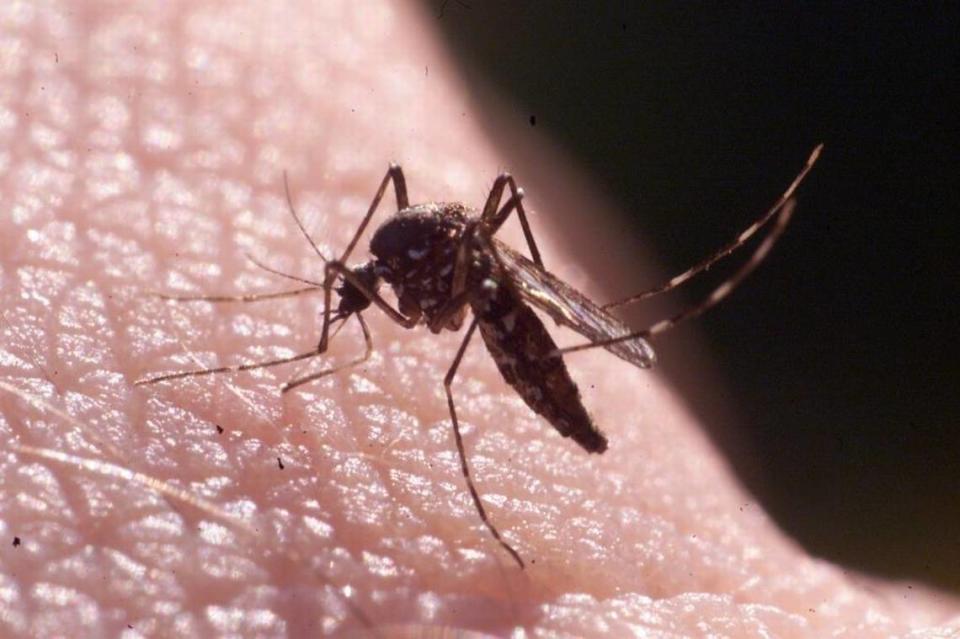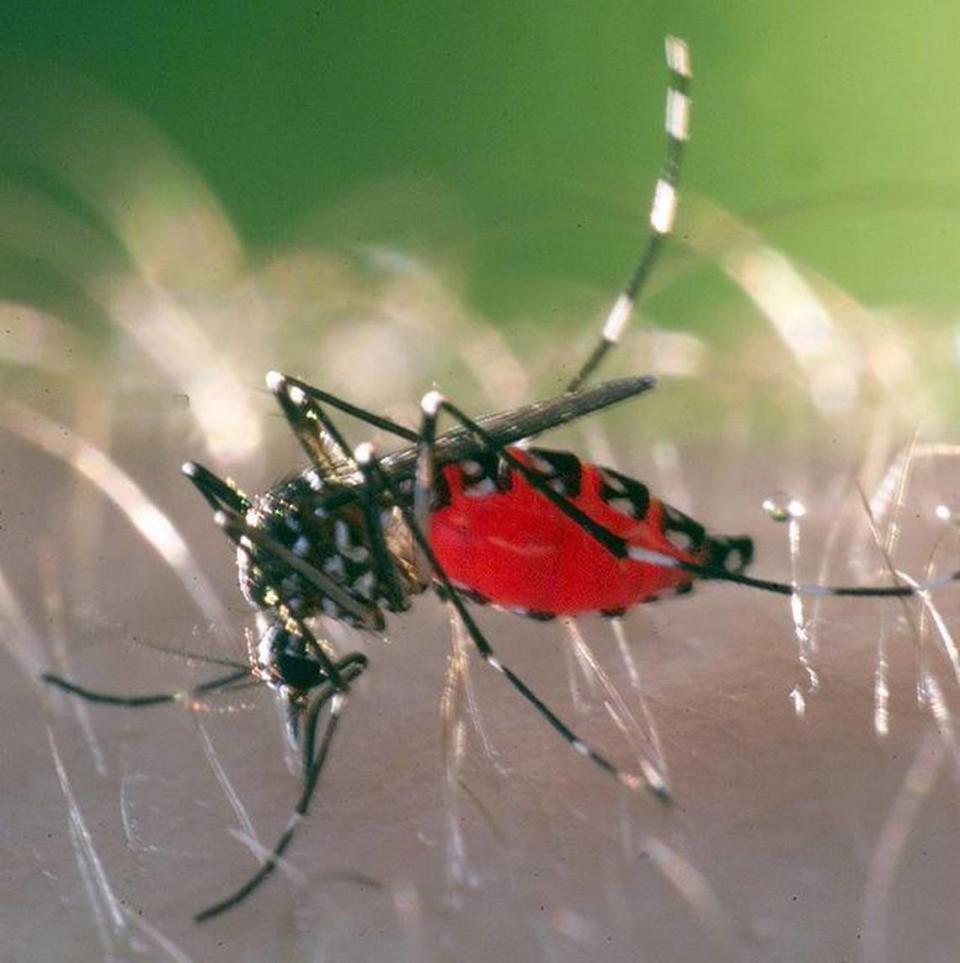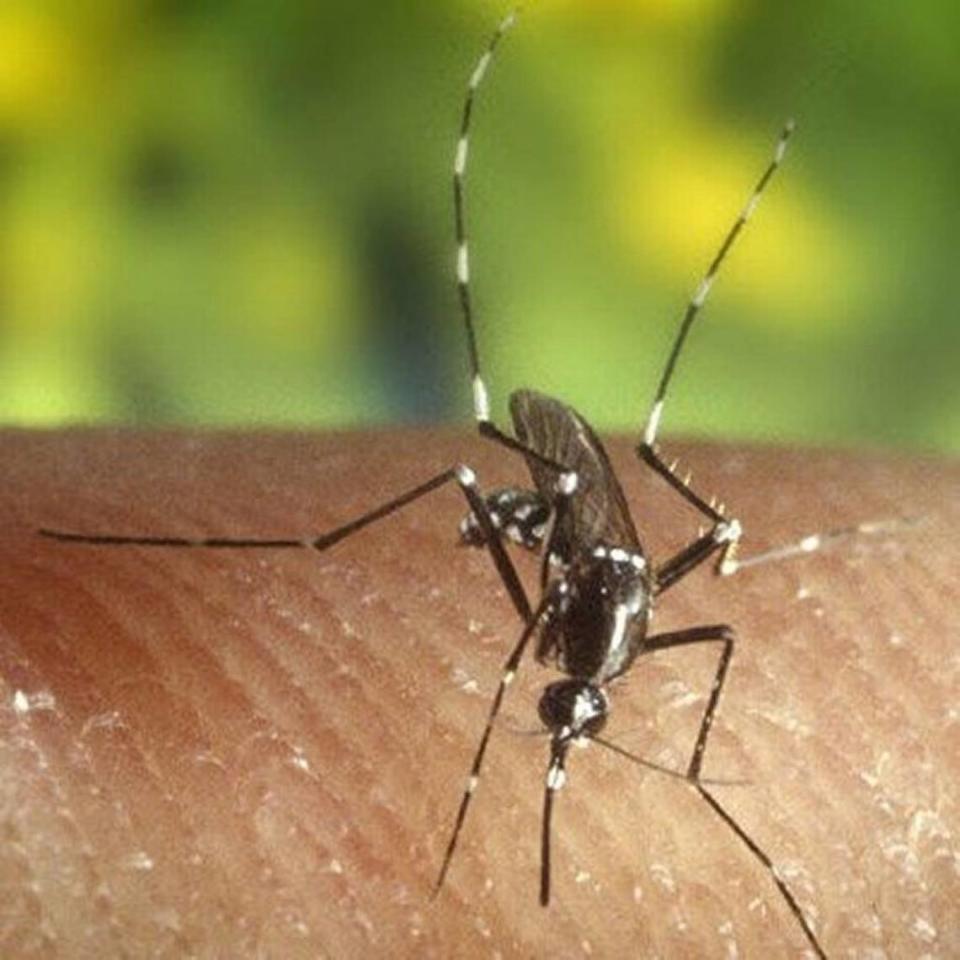This SC mosquito can bite through clothes and is pesky even in fall. Here’s when they go away
Mosquitoes have been vicious in South Carolina for weeks as fall has begun to settle in.
Of these flying nuisances, tiger mosquitoes are highly prevalent and a common insect to encounter throughout the Palmetto State.
The pest was accidentally brought to the United States from Asia. Hence, its official name, the Asian tiger mosquito. The mosquitoes arrived in America in used tires. The pests then quickly spread into the southern parts of the United States during the late 1980’s, according to Clemson University’s Home & Garden Information Center.

These mosquitoes have black bodies with apparent white stripes and a single white stripe running the length of the bug’s back.
In South Carolina, the state’s “mosquito season” generally lasts from March until the end of October. They prefer the months and days where there is prevalent heat or warmth, reports Compass Pest Management.
Generally, mosquito populations and transgressions typically cease by December as they primarily function in temperatures between 50-95 degrees Fahrenheit.
This luckily means the terrible reign of mosquitoes should soon come to a halt for a number of months.
The Asian tiger mosquito is known to be an aggressive biter. They primarily choose to feed during the day and will target humans, animals as well as birds as their preferred hosts.
Unluckily for people, although they prefer to find exposed skin, they can and will still bite through clothing, including tight-fitting denim.

As for the feeders, only the female mosquitoes of this species feed on the blood of hosts, which they use in producing their eggs. Each of these eggs can hatch within a 24-hour span of time.
The male mosquitoes of the species will only feed on plant juices and do not bite, meaning they do not feed on a host, reports the Illinois Department of Public Health.
Aside from simply not wanting to be bitten by the insect, this mosquito is also a carrier of many different diseases.
“It is a potential vector of encephalitis, dengue (all four serotypes), yellow fever and dog heartworm. West Nile virus has been detected in this species in the eastern U.S.,” according to UC Riverside’s Center for Invasive Species Research.
The Amateur Entomologists’ Society defines a vector as an organism that acts as an intermediary host for a parasite. A vector then transfers the parasite to its next host. Good examples of vectors are mosquitoes transmitting malaria and ticks transferring Lyme disease.
Unlike other mosquito species that generally tend to breed in swamps, marshes, ditches or other natural, wet habitats, the Asian tiger mosquito breeds in artificial, wet environments. These may include a neighborhood rain gutter, bird baths, flower pots, barrels, boats, tarps, garden pools or any other artificial pool of water.
To lessen your chance of keeping them in your yard, dump out any object that may be holding standing water in your nearby vicinity. The Asian tiger mosquito generally will not fly more than about half of a mile from its original breeding site.
Getting bitten by these nuisances is not a fun occurrence — especially the aftermath when it begins to itch.
How can you avoid getting bitten by an Asian tiger mosquito?

The Illinois Department of Public Health reports that fogging, a popular way to mass-disperse bug repellent, is generally ineffective in preventing these mosquitoes from entering the area due to daytime atmospheric conditions. Instead, reducing the number of breeding spaces is the most effective way to rid the area of these pests.
To achieve this, focus on areas that may easily create artificial pools of water. By ridding nearby areas of this water-gathering opportunity, it will minimize the places Asian tiger mosquitoes can reproduce, thus, reducing the amount of mosquitoes in the area.
Installing insect light traps, or “bug zappers” in the area will also help with population control.
Bug spray or the use of a Thermacell is another good way to repel mosquitoes. Any DEET product such as OFF brand or a natural spray such as No Natz, will help prevent mosquito bites during outdoor activities. This includes bug-deterring candles as well.
